After spending a week on the Egadi Islands, it was time to continue our journey sailing Sicily. I have to admit, we’re doing so with great reluctance. The archipelago captivated us so much that we would have gladly stayed longer. We’ve written a small sailing guide about our experiences, which you can read here. Unfortunately, a sailor’s life is full of constant goodbyes—this time, it was Egadi’s turn.
Sailing Sicily – South Coast
Our plan for this season is to sail around Sicily from the south and then up along its eastern coast. This isn’t the easiest region for sailing—there’s a lack of natural harbors and sheltered bays. However, there are a few marinas to choose from when sailing Sicily, such as Marsala, Mazara, San Leone, as well as the well-known Licata and Marina di Ragusa. The latter is especially popular among cruisers, who often choose it as a wintering spot. But we have a different destination—we’re heading to Greece!
Sicily’s Ancient Ruins
Although the southern coast of Sicily doesn’t impress us from a sailing perspective, it’s definitely worth stopping for sightseeing. Sicily is a true treasure trove of ancient Greek ruins. It was a key center of Greek colonization for centuries, and today we can still admire its monumental temples, theaters, and the remnants of ancient cities. It seems that Greece has come to meet us before we even reach it!
Sailing Sicily – Selinunte
Anchoring in front of ancient ruins
If you’ve been following our blog for a while, you know that we love exploring and always try to make the most of every opportunity to see as much as possible. So, when we read in a guidebook that the Temple of Hera in Selinunte is one of the largest Greek temples ever built—even bigger than the Parthenon on the Acropolis—we started looking for an anchorage nearby. The options were limited, as the straight coastline didn’t offer much protection from the open sea. Fortunately, we found favorable conditions that allowed us to spend a relatively calm night there. In the morning we were ready to explore!
Largest complex of Greek temples in all of Europe
We took the dinghy to a small fishing harbor near the village, from where a short walk brought us to the archaeological site. Selinunte is one of the most significant ancient sites in Sicily, transporting visitors back to the era of ancient Greece. It’s also the largest complex of Greek temples in all of Europe! Its monumental ruins span an area of about 270 hectares. The city was founded in the 7th century BCE by the Greeks and was one of the most powerful centers in the region for centuries. In addition to the massive Temple of Hera, there are ruins of other ancient structures. Some of the temples in Selinunte were never completed. You can still see enormous unfinished column pieces, providing a fascinating glimpse into ancient construction techniques.
In 409 BCE, Selinunte was attacked by the Carthaginians. Despite the inhabitants’ heroic defense, after nine days of siege, the Carthaginians carried out a massacre, killing over 16,000 people and nearly destroying the city.
The essence of why we sail the world
What enchanted us most about Selinunte was the chance to walk among ancient columns without crowds of tourists. For most of the time, there were only a handful of other visitors at the site. Unlike other archaeological sites, Selinunte is right on the Mediterranean coast. The sight of majestic ruins against the backdrop of the deep blue sea is breathtaking! And when we spotted our Tranquility between the ancient columns, we felt the essence of why we sail the world.
You could easily spend an entire day—or even several—at Selinunte. However, we settled for a few hours of exploration before heading back to the boat, lifting anchor, and continuing eastward sailing Sicily that same day. Our next destination was Porto Empedocle, from where we planned to visit more ancient ruins!
The Valley of the Temples, Agrigento
Porto Empedocle anchorage – sailing Sicily
After 40 miles of sailing Sicily, we arrived after dark, anchoring near the port. This time, we had a much more popular site on our itinerary—the Valley of the Temples in Agrigento. As usual, we left our dinghy at a small fishing port in Porto Empedocle. Although there were no designated spots, local fishermen kindly let us tie up to their boat. The archaeological site is about 10 km from the port, so we took a bus.
Trip to Agrigento
Unfortunately, halfway there, the bus suddenly stopped, with smoke billowing from under the hood. The driver frantically tried to salvage the situation by pouring water into the radiator. It seems that the scorching Sicilian heat had defeated even the bus, and we weren’t too keen on walking the rest of the way in temperatures over 30°C.
This was my second recent experience with public transport in Italy—and once again, it ended in a breakdown! The first time was on a train from Naples to Pompeii, which broke down, leaving passengers stranded at a tiny station in the middle of nowhere. My Italian wasn’t good enough to figure out what was happening, but thankfully, after about 30 minutes, a replacement train arrived. Now, a similar situation with the bus—I guess I don’t have much luck with Italian transport! We had no choice but to laugh and wait to see what would happen next. Would they send a new bus? Would the driver manage to cool down the overheated engine? Or were we in for a 5-kilometer walk in the sweltering heat?
After a while, luck was on our side again—a new bus arrived at our stop. Since the other passengers had already given up and left, we had a private ride straight to the gates of the Valley of the Temples in Agrigento.
Archaeological site in Agrigento
As expected, it wasn’t as quiet and empty here as in Selinunte. The parking lot was full of tour buses, and even from a distance, we could see there were significantly more visitors. No surprise—Agrigento is much more popular than Selinunte. It’s easier to access, with well-developed tourist infrastructure, numerous hotels, and convenient transport options. Additionally, the Valley of the Temples, with its iconic Temple of Concordia, attracts visitors from all over the world, as it’s a UNESCO World Heritage Site. Unlike the sprawling, more demanding Selinunte, here all the main attractions are relatively close to each other, making sightseeing easier and more comfortable. The crowds weren’t unexpected, but we did miss the sense of tranquility we had in Selinunte.
The Valley of the Temples in Agrigento is one of the most impressive archaeological sites in the world and a true gem of ancient Greek heritage. Perched on a hill overlooking the Mediterranean, it was one of the most important centers of Magna Graecia. Its monumental temples still amaze with their grandeur and preservation.
Sightseeing Agrigento
The complex covers over 1,300 hectares, with the Temple of Concordia at its heart. It is the one of the best-preserved Greek temples in the world, rivaling even the Parthenon. Its remarkable state is due to its conversion into a Christian church in the 6th century CE, which protected it from destruction. The Valley of the Temples also features the ruins of the massive Temple of Olympian Zeus—the largest in the Greek world. Its columns were so immense that instead of traditional caryatids, they were supported by giant sculpted figures called telamons. Today, a replica of one lies on the ground, giving a sense of the colossal scale of the structures built here over two thousand years ago. Originals can be seen in a nearby museum.
After a full day of sightseeing, we returned by bus to Porto Empedocle—this time without any unexpected adventures! We cooled off with Italian gelato, admired the view of the port, and then took our dinghy back to Tranquility, which had been waiting for us all day. It was too late to sail further. We stayed at anchor for the night, gazing through binoculars at the illuminated temples glowing above the city.
Leaving boat for a week
With an unplanned trip back to Poland coming up, we needed to find a safe place to leave our floating home for a week. Initially, we planned to reach Marina di Ragusa, the most popular and beloved marina when sailing Sicily. However, with light winds and over 40 miles still ahead, we reconsidered that. After checking bus connections to the airport and marina availability, we decided to stop in Licata instead—a well-sheltered and secure marina with better pricing.
Sailing Sicily – Licata
It turned out to be a great choice! We stayed in Licata for a few days before and after our trip, getting to know the place quite well. Unlike a typical tourist town, it has an authentic, somewhat rugged charm. Many buildings are abandoned, and the streets are mostly filled with elderly residents, suggesting the town is slowly emptying. However, this is where we felt the true atmosphere of Sicily’s province. Like when a restaurant didn’t open until a funeral in the nearby church was over, as the hearse was temporarily occupying the space meant for outdoor seating. That would never happen in Poland!
Moving on is always hard, but the season is slowly coming to an end, and we still have many miles to sail. Our next stop is Syracuse—our friends have long told us that we simply can’t leave without visiting it when sailing Sicily. We took their advice to heart, but more on that later! 🙂
Sailing Sicily From Licata to Syracuse
Sailing Sicily from Licata to Syracuse, it’s nearly 100 miles, so we decide to split the trip into two days of sailing. On the first day, the weather is favorable, and the wind is strong from behind. It’s on this leg that we reach a personal record with “Tranquility” – 13.6 knots of ground speed! This is definitely too much for our boat, but we got this brief measurement as we surfed down a wave, with the wind from behind, heavily reefed sails, and a favorable current. For the night, we stop at the Portopalo anchorage, on the southeastern corner of Sicily. It’s a very safe stop when sailing Sicily, a sheltered bay, though not particularly picturesque. Additionally, we’ve heard rumors of possible thefts, so we recommend locking up the boats carefully!
The next day, from Portopalo, we have just under 30 miles (about 6 hours of sailing) to Syracuse. In Syracuse, there is a huge, sheltered, and safe anchorage. This is a great news, as we arrive in the middle of a heavy rainstorm, not even seeing the Maniace Castle at the entrance to the harbor. The wind shifts so much that we need several attempts to finally anchor the boat. At that point, we have no idea that our sailing Sicily will take much longer than planned, and that Syracuse will become our favorite stop in the entire Mediterranean. But more on that soon!
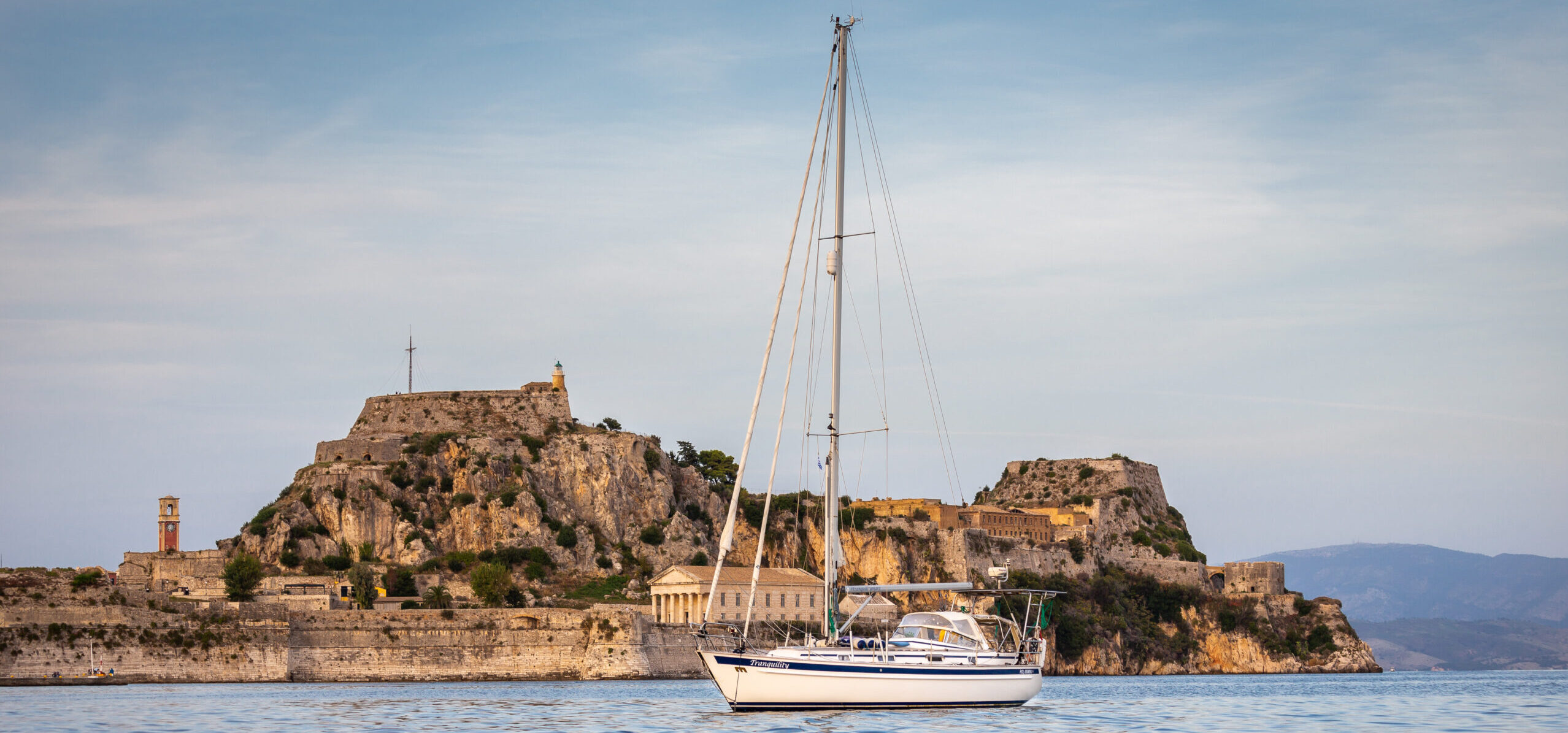
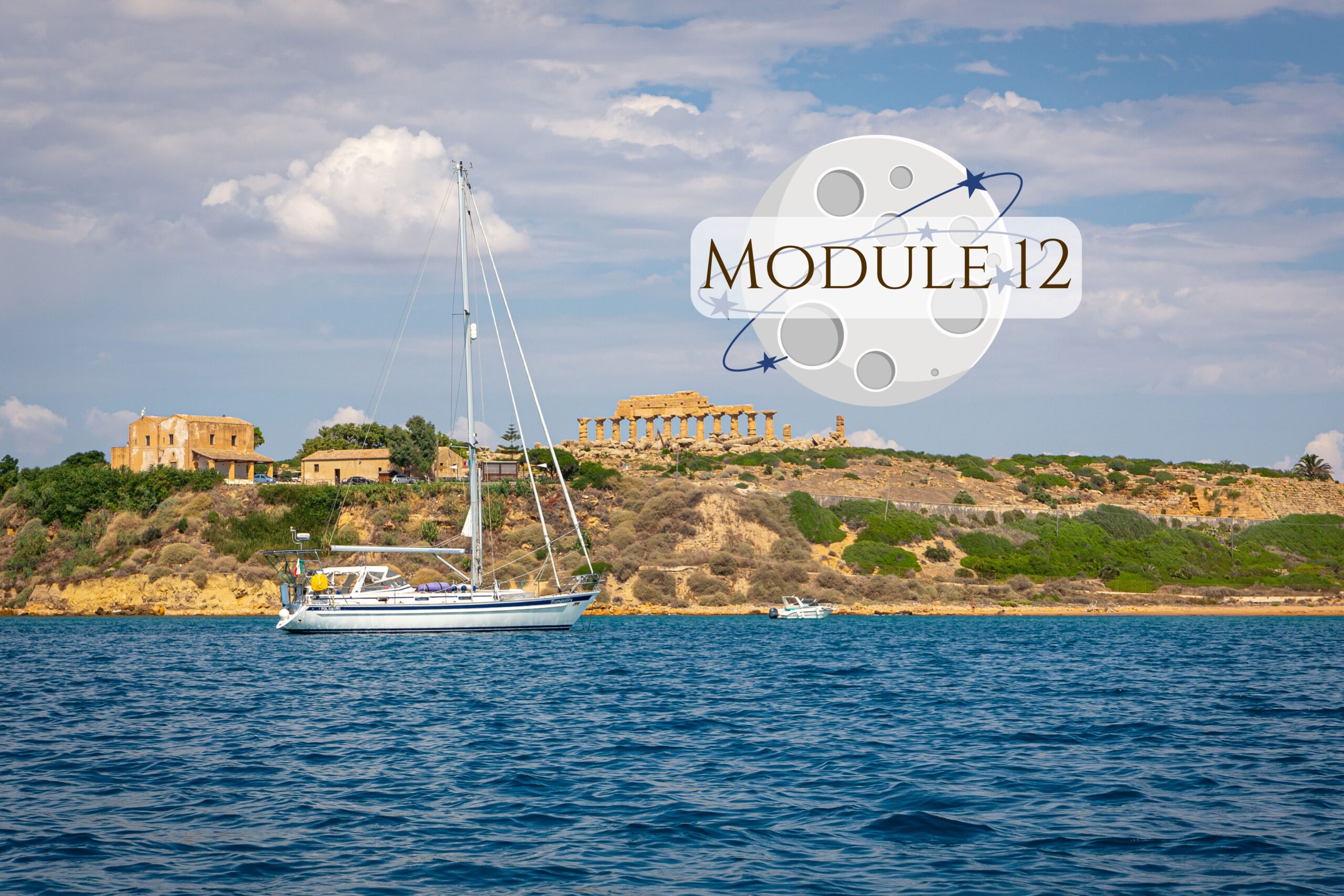
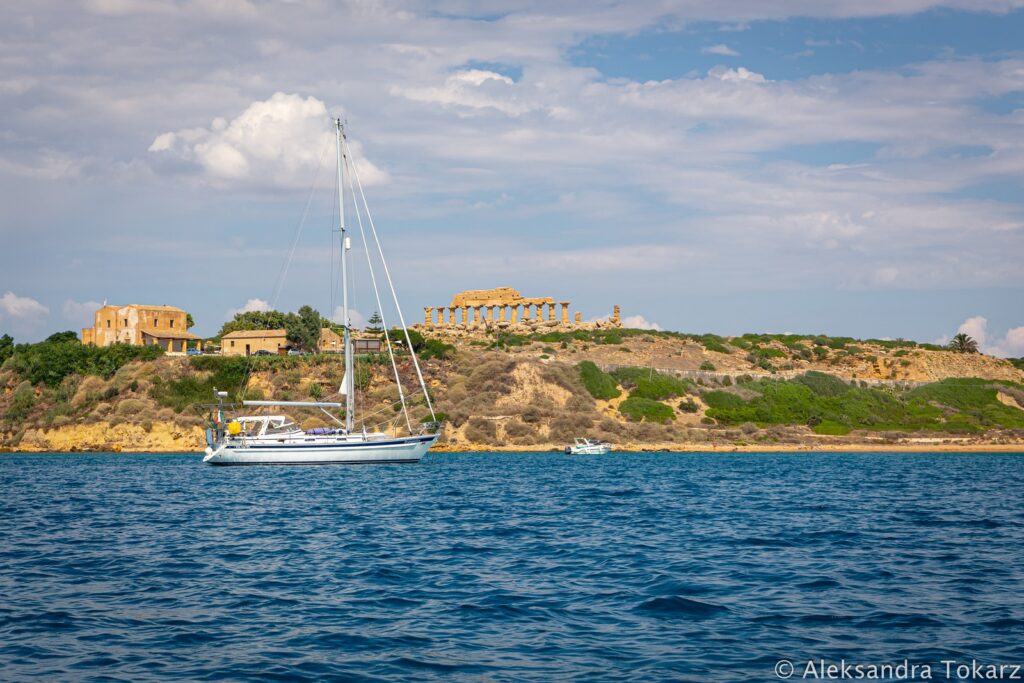
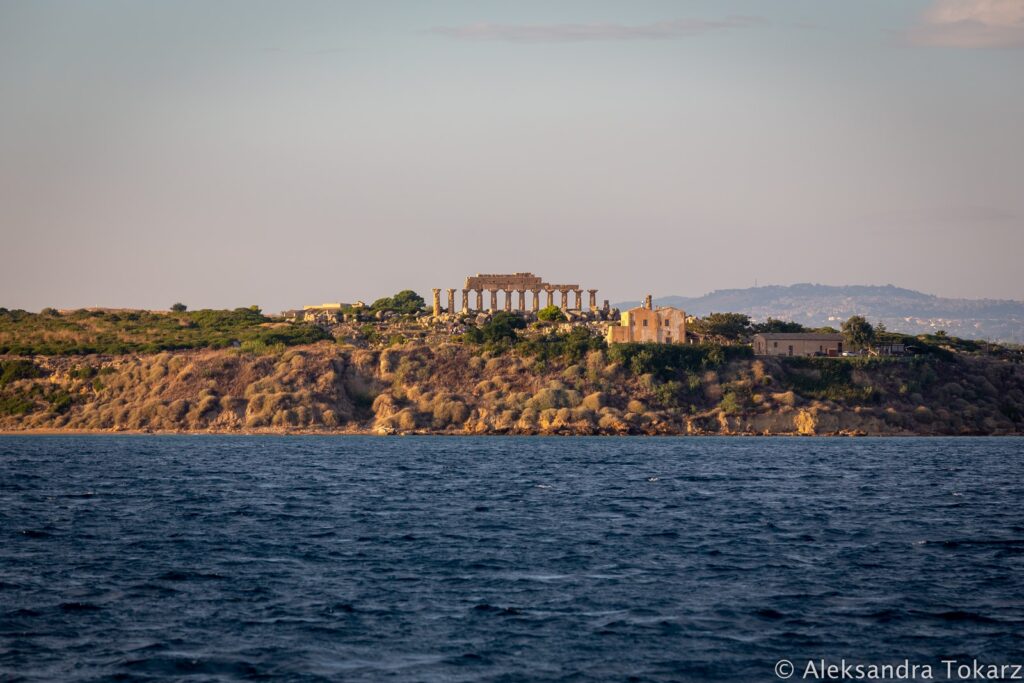
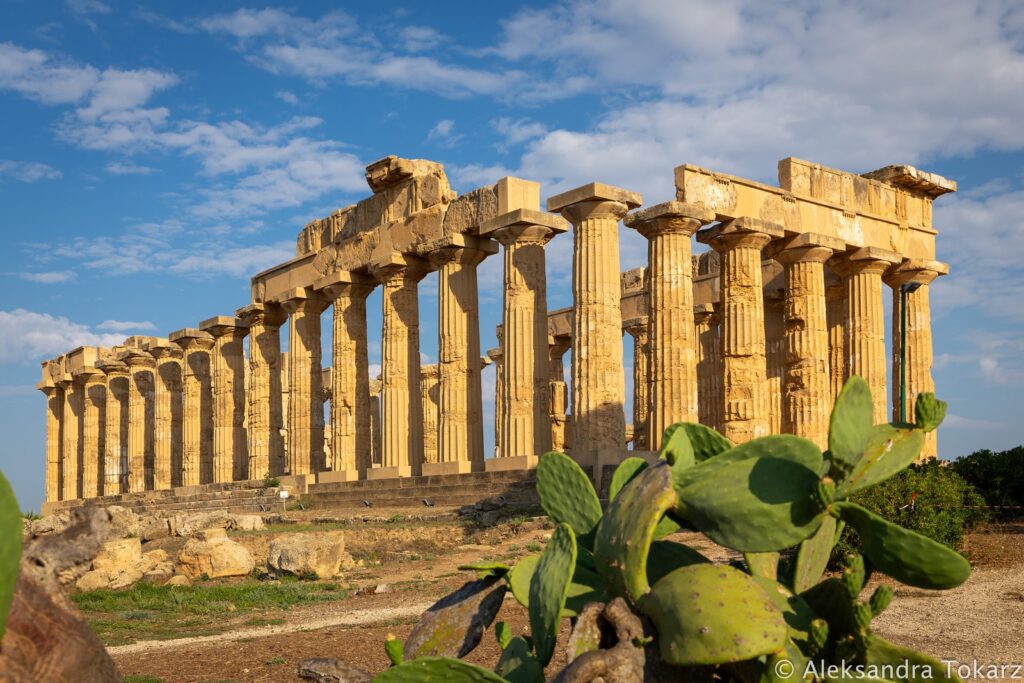
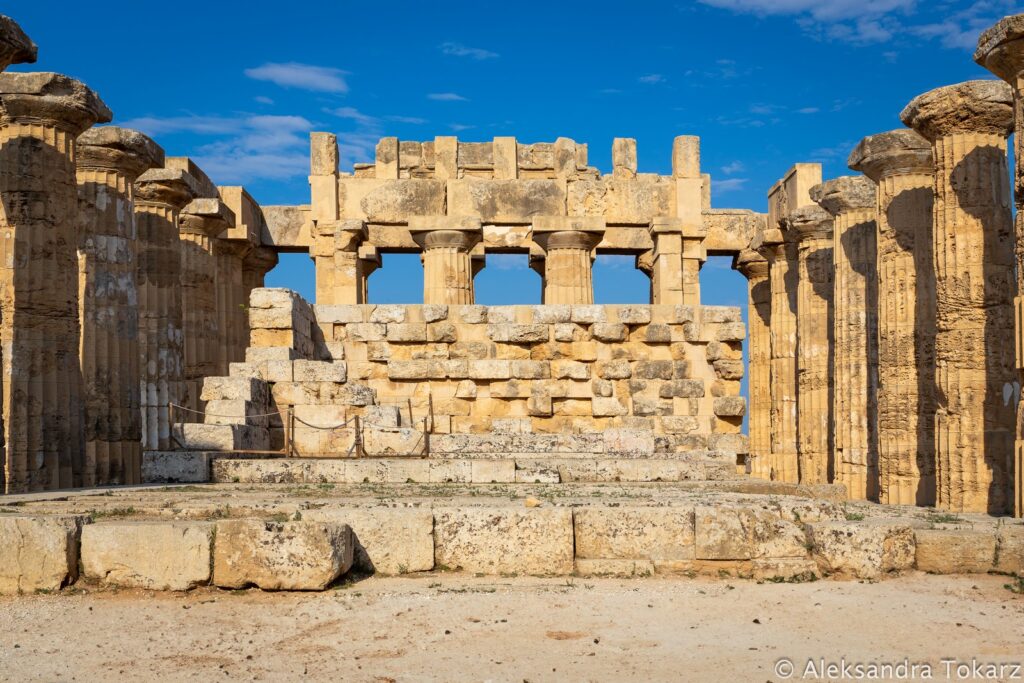
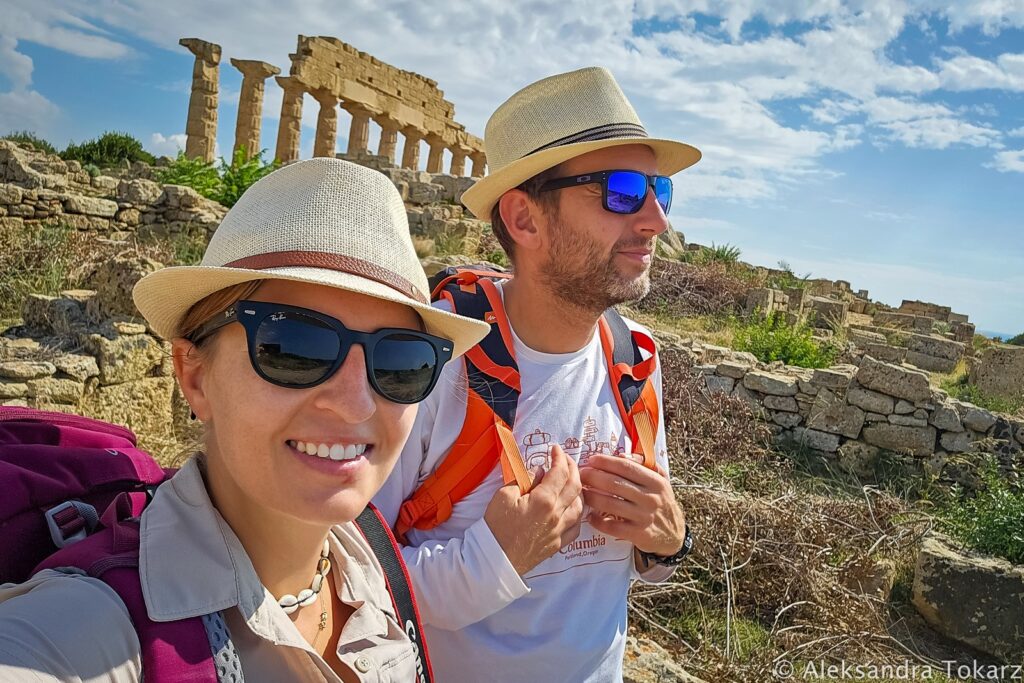

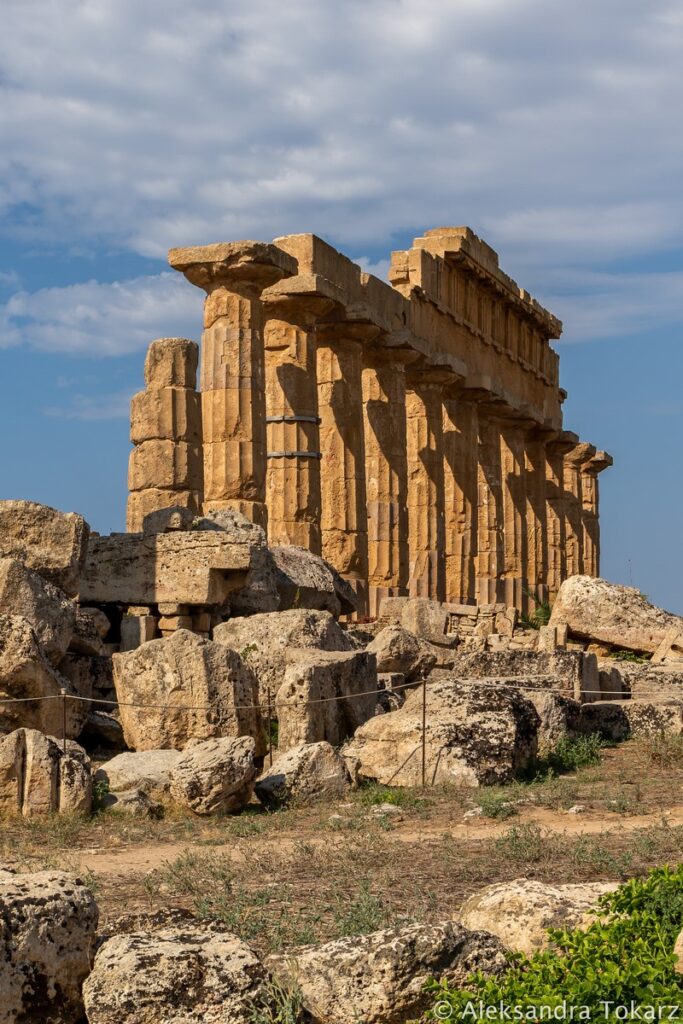
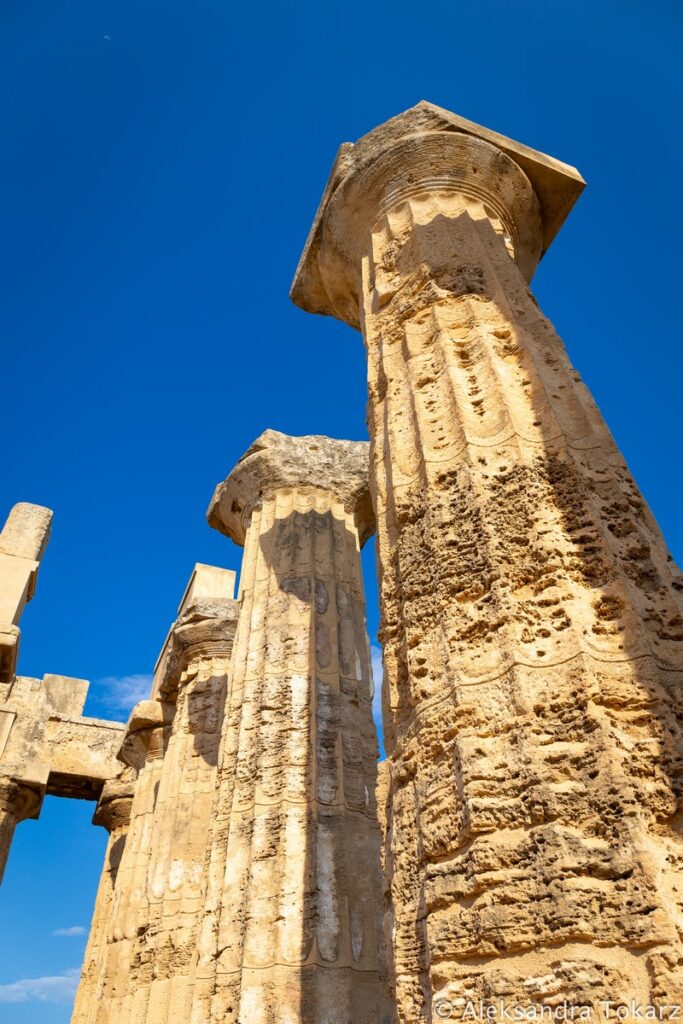

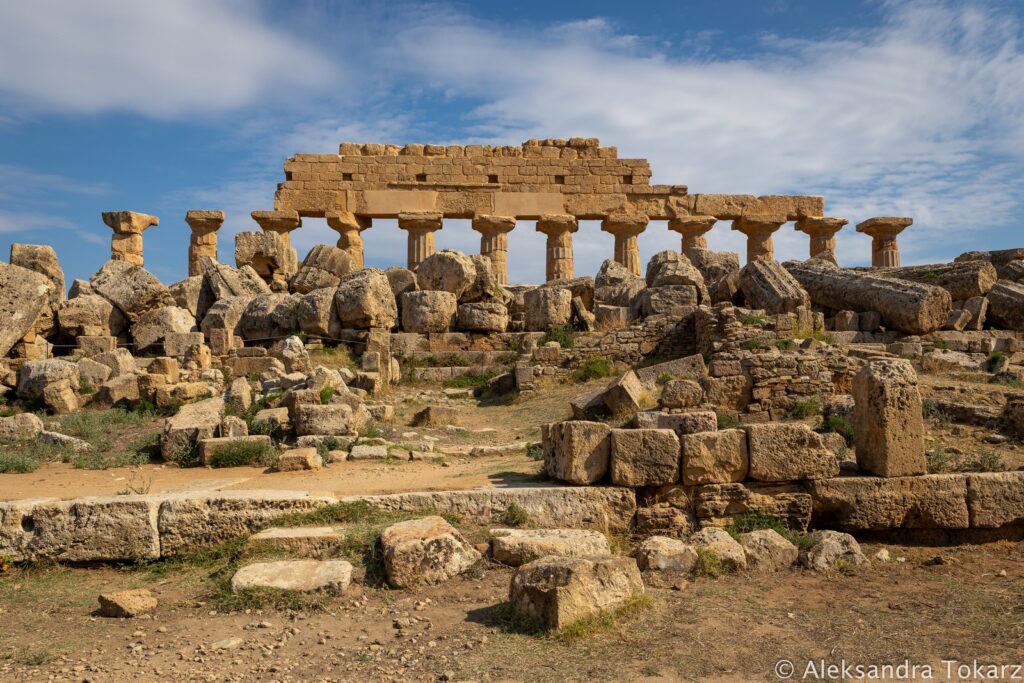
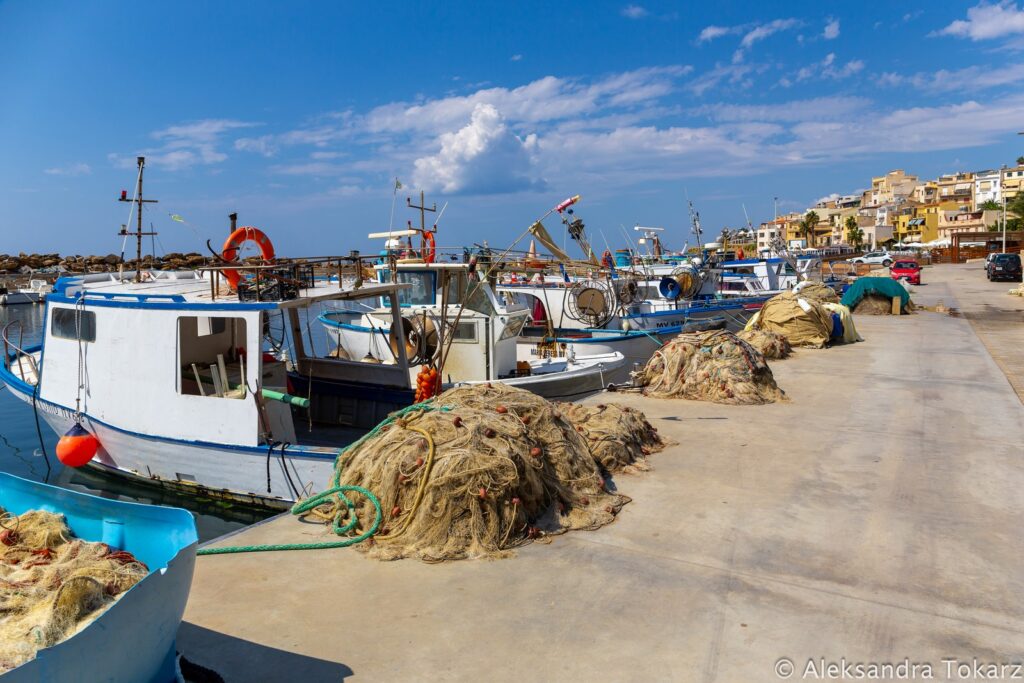
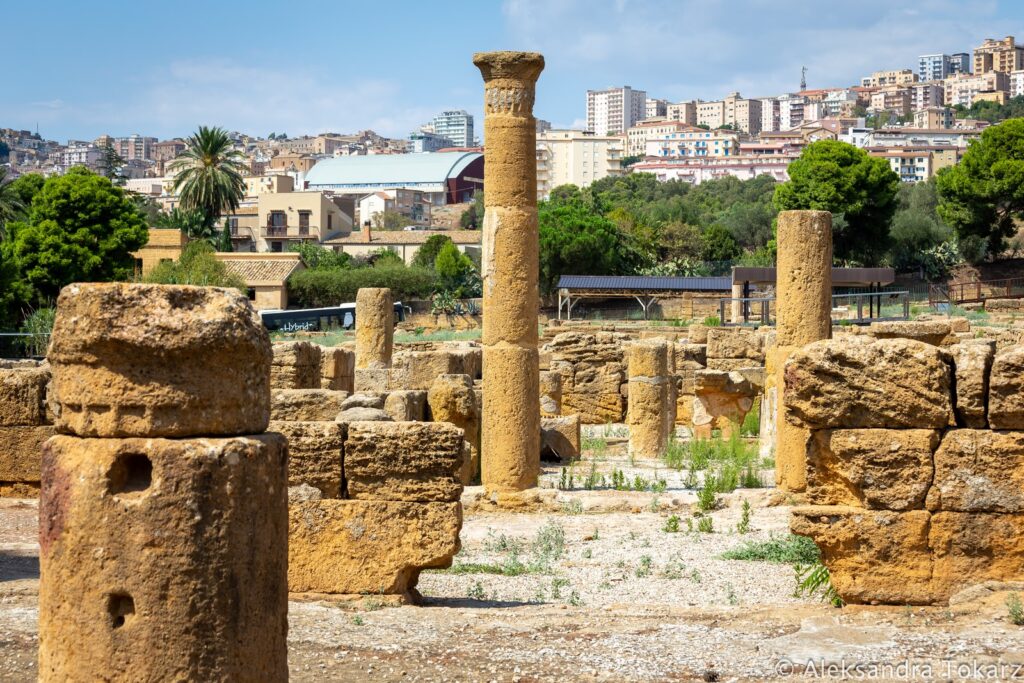
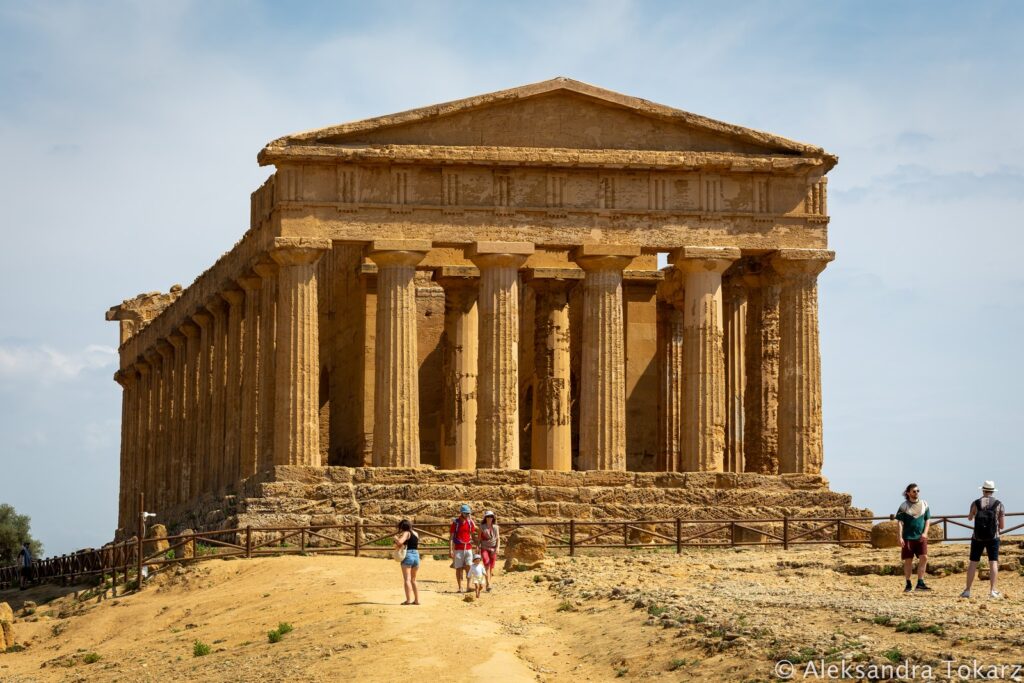

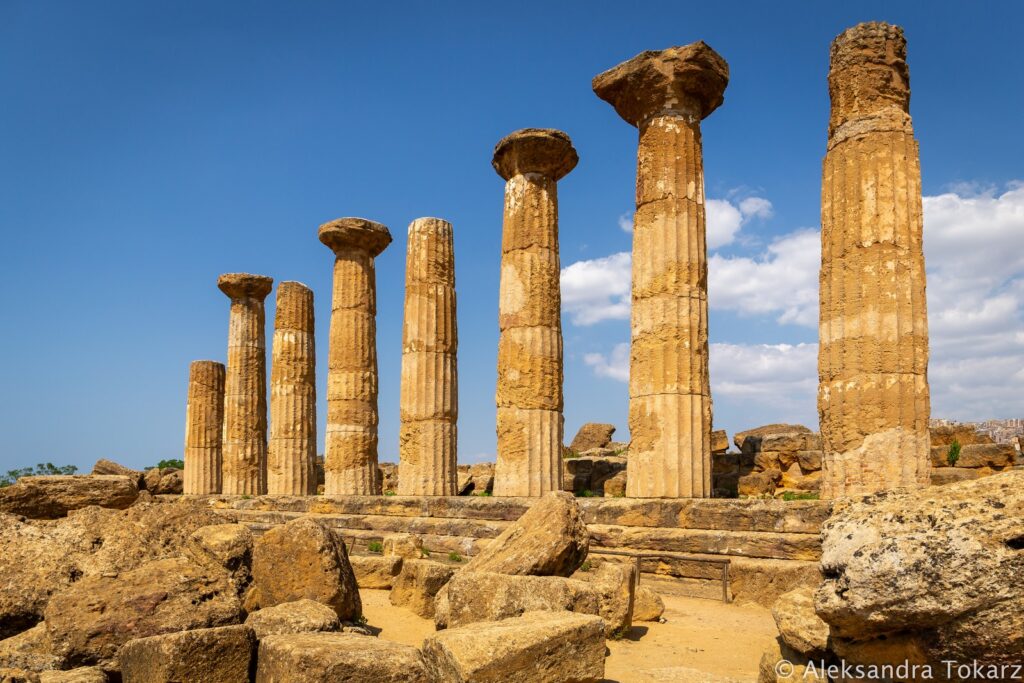
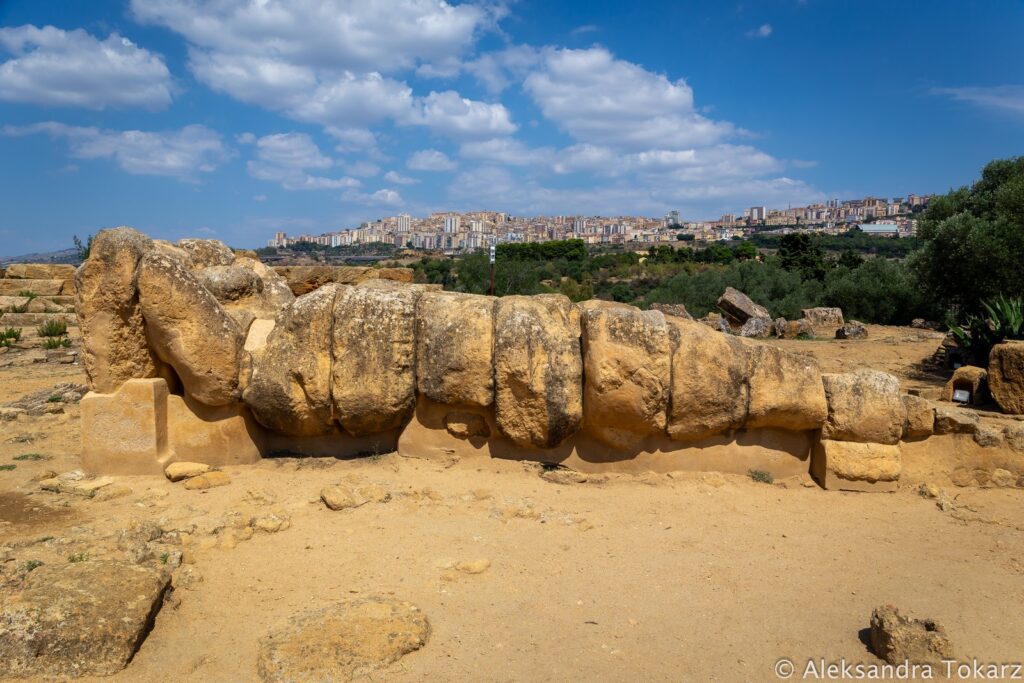
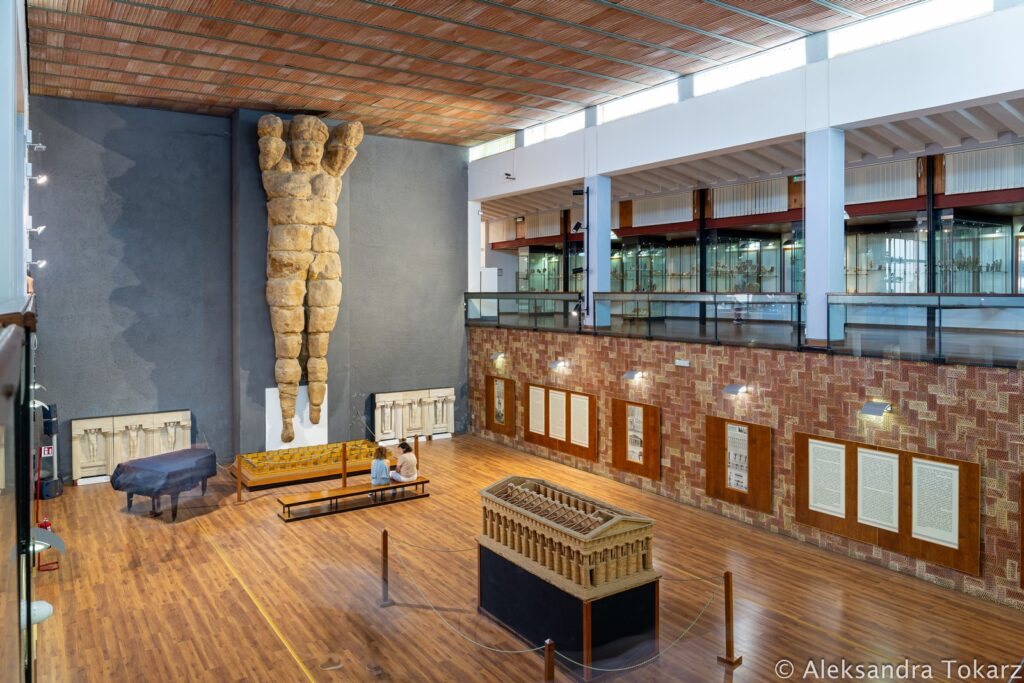
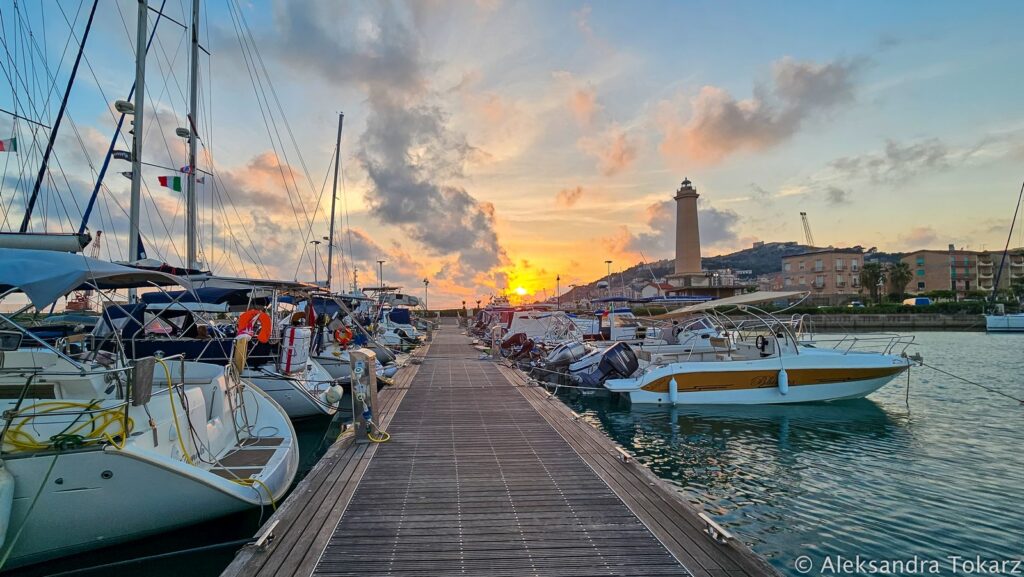

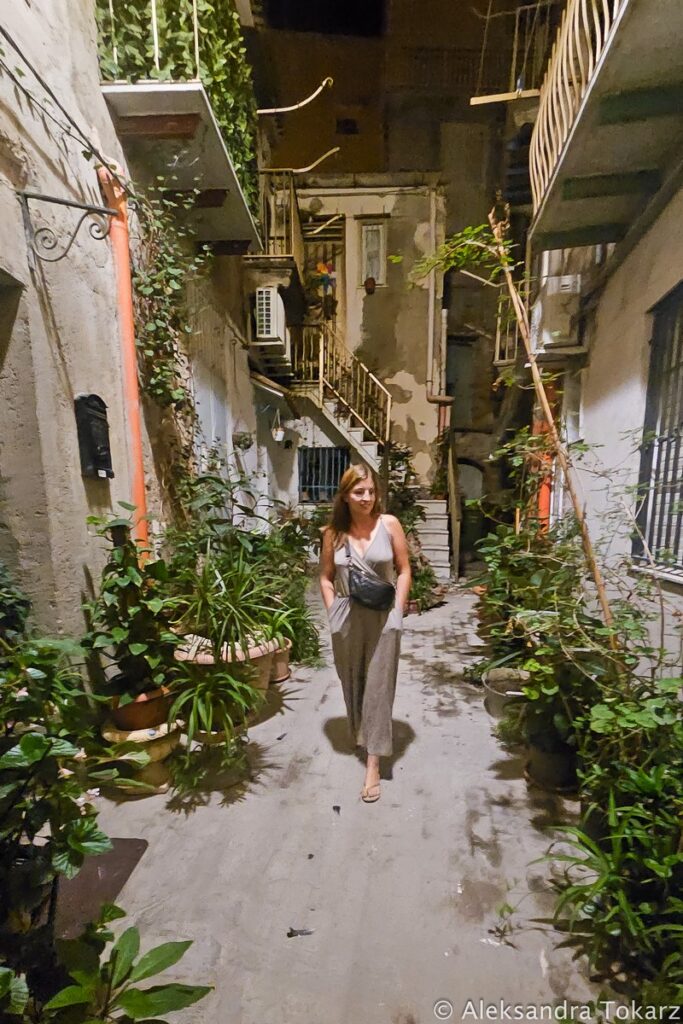

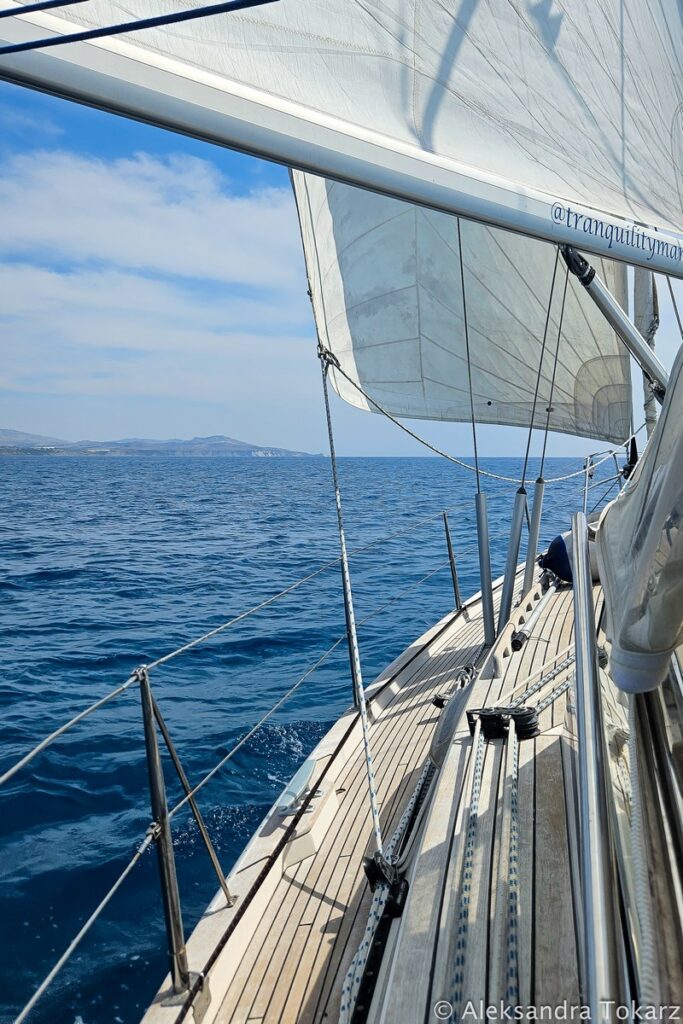

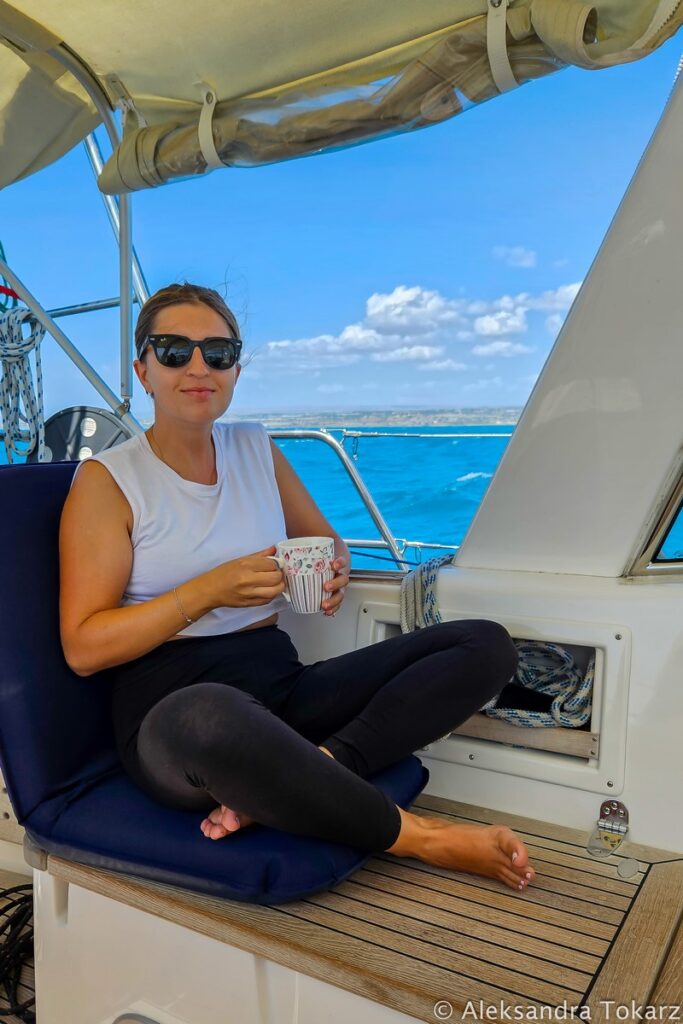

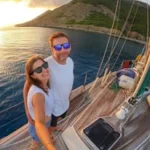

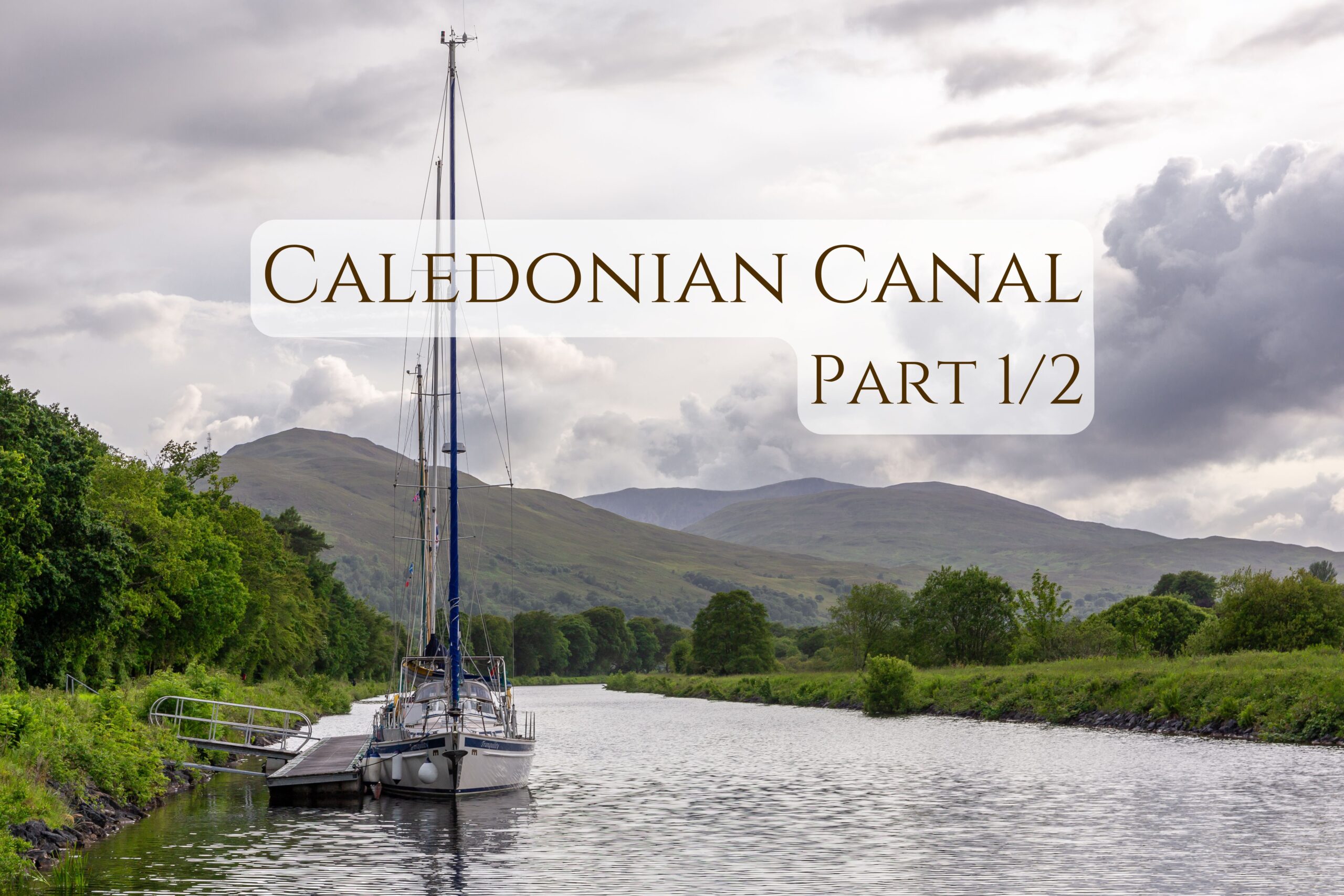
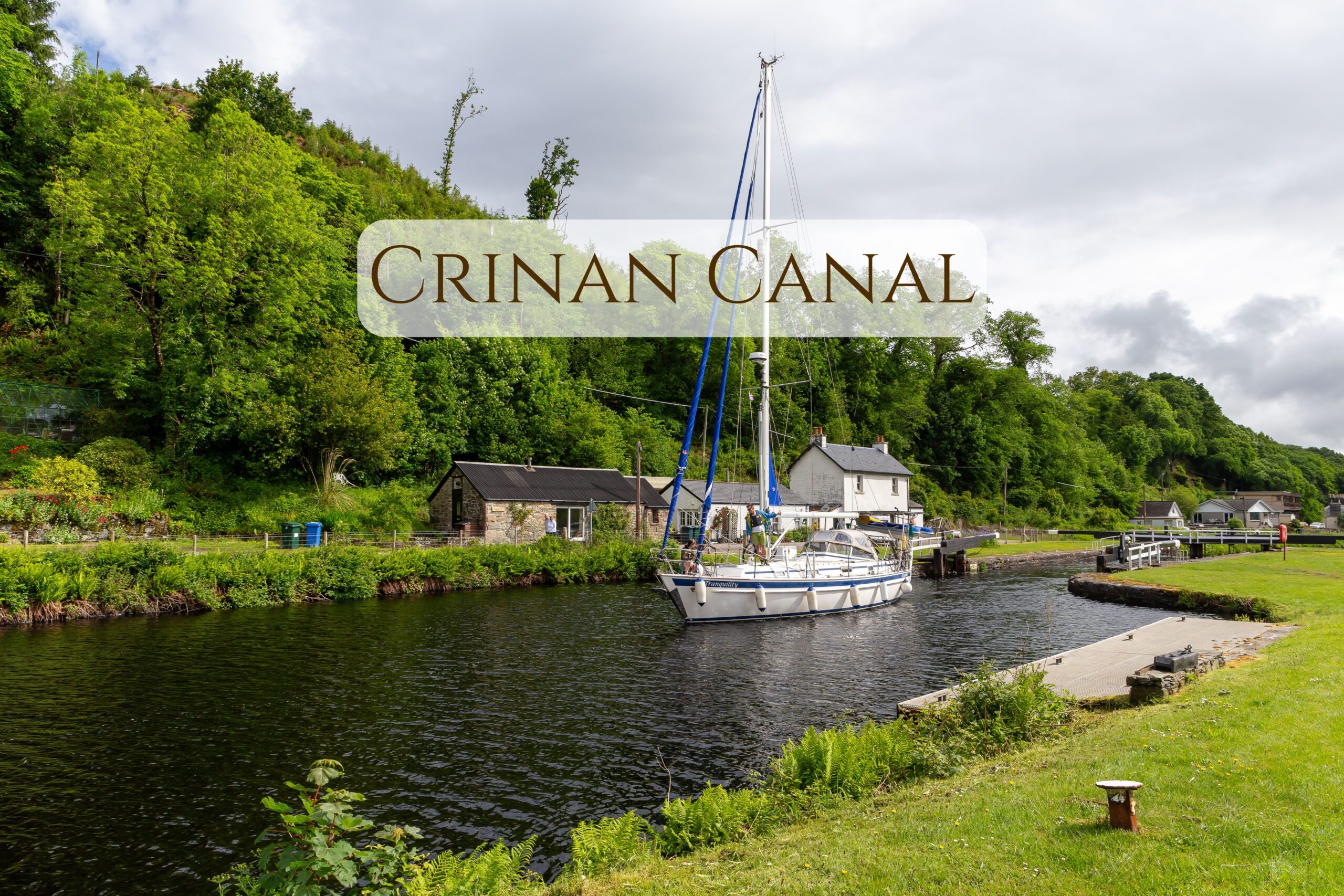
No responses yet